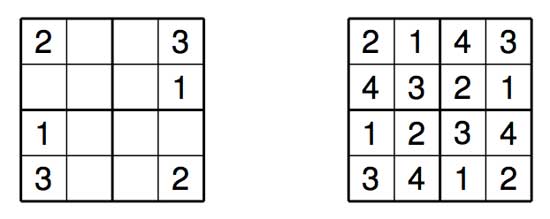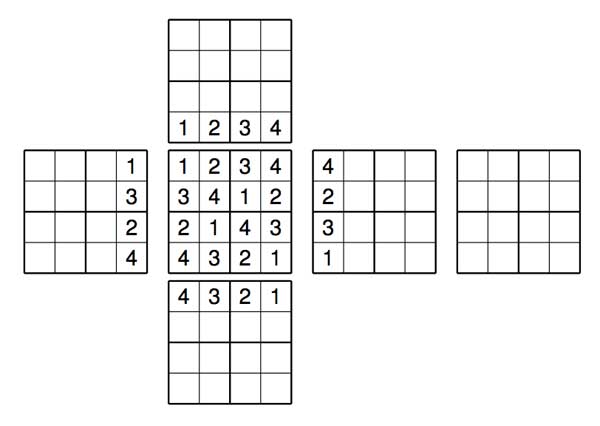Below an up-till-now hidden post, written november last year, trying to explain the long blog-silence at neverendingbooks during october-november 2007…
A couple of months ago a publisher approached me, out of the blue, to consider writing a book about mathematics for the general audience (in Dutch (?!)). Okay, I brought this on myself hinting at the possibility in this post
Recently, I’ve been playing with the idea of writing a book for the general public. Its title is still unclear to me (though an idea might be “The disposable science”, better suggestions are of course wellcome) but I’ve fixed the subtitle as “Mathematics’ puzzling fall from grace”. The book’s concept is simple : I would consider the mathematical puzzles creating an hype over the last three centuries : the 14-15 puzzle for the 19th century, Rubik’s cube for the 20th century and, of course, Sudoku for the present century.
For each puzzle, I would describe its origin, the mathematics involved and how it can be used to solve the puzzle and, finally, what the differing quality of these puzzles tells us about mathematics’ changing standing in society over the period. Needless to say, the subtitle already gives away my point of view. The final part of the book would then be more optimistic. What kind of puzzles should we promote for mathematical thinking to have a fighting chance to survive in the near future?
While I still like the idea and am considering the proposal, chances are low this book ever materializes : the blog-title says it all…
Then, about a month ago I got some incoming links from a variety of Flemish blogs. From their posts I learned that the leading Science-magazine for the low countries, Natuur, Wetenschap & Techniek (Nature, Science & Technology), featured an article on Flemish science-blogs and that this blog might be among the ones covered. It sure would explain the publisher’s sudden interest. Of course, by that time the relevant volume of NW&T was out of circulation so I had to order a backcopy to find out what was going on. Here’s the relevant section, written by their editor Erick Vermeulen (as well as an attempt to translate it)
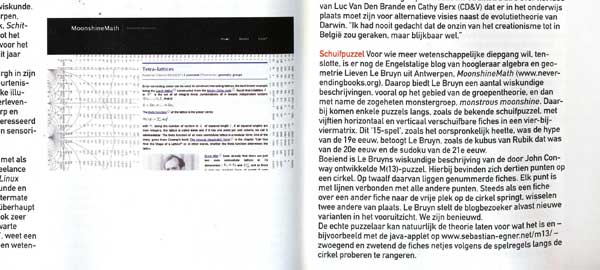
Sliding puzzle For those who want more scientific depth (( their interpretation, not mine )), there is the English blog by Antwerp professor algebra & geometry Lieven Le Bruyn, MoonshineMath (( indicates when the article was written… )). Le Bruyn offers a number of mathematical descriptions, most of them relating to group theory and in particular the so called monster-group and monstrous moonshine. He mentions some puzzles in passing such as the well known sliding puzzle with 15 pieces sliding horizontally and vertically in a 4 by 4 matrix. Le Bruyn argues that this ’15-puzzle (( The 15-puzzle groupoid ))’ was the hype of the 19th century as was the Rubik cube for the 20th and is Sudoku for the 21st century.
Interesting is Le Bruyn’s mathematical description of the M(13)-puzzle (( Conway’s M(13)-puzzle )) developed by John Conway. It has 13 points on a circle, twelve of them carrying a numbered counter. Every point is connected via lines to all others (( a slight simplification )). Whenever a counter jumps to the empty spot, two others exchange places. Le Bruyn promises the blog-visitor new variants to come (( did I? )). We are curious.
Of course, the genuine puzzler can leave all this theory for what it is, use the Java-applet (( Egner’s M(13)-applet )) and painfully try to move the counters around the circle according to the rules of the game.
Some people crave for this kind of media-attention. On me it merely has a blocking-effect. Still, as the end of my first-semester courses comes within sight, I might try to shake it off…
Leave a Comment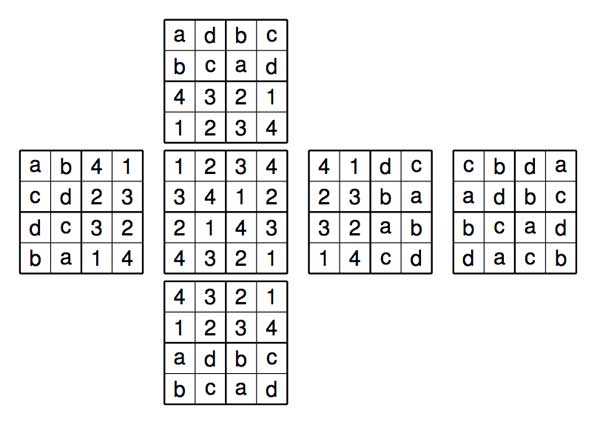
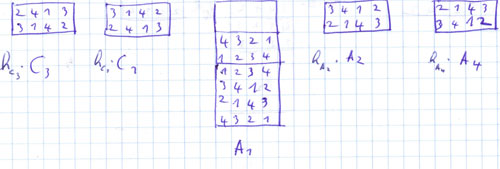
 Via
Via 